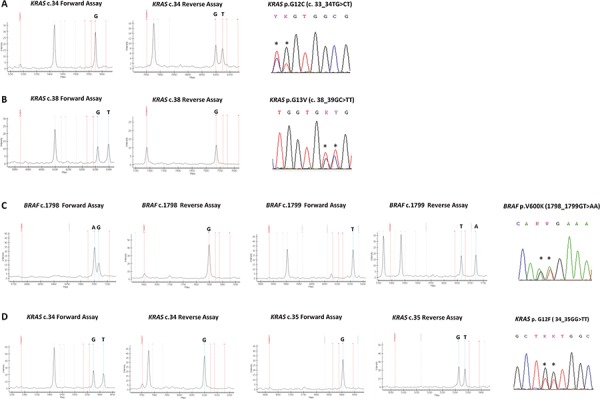Figure 4. Spectra of bidirectional assays in representative complex mutations.

A. KRAS nucleotide c.34, forward assay is WT and reverse assay shows a mutation call (G > T); KRAS p.G12C (c.33_34TG > CT) mutation, as shown by Sanger sequencing. Mutation not yet listed in the COSMIC database B. KRAS nucleotide c.38, forward assay shows a mutation call (G > T) and reverse assay is WT; KRAS p.G13V (c.38_39GC > TT) mutation, as shown by Sanger sequencing C. BRAF nucleotide c.1798, forward assay shows a mutation call (G > A) and reverse assay is WT; BRAF nucleotide c.1799, forward assay is WT and reverse assay shows a mutation call (T > A); BRAF p.V600K (c.1798_1799GT > AA) mutation, as shown by Sanger sequencing. D. KRAS nucleotide c.34, forward assay shows a mutation call (G > T) and reverse assay is WT; KRAS nucleotide c.35, forward assay is WT and reverse assay shows a mutation call (G > T); KRAS p.G12F (c.34_35GG > TT) mutation, as shown by Sanger sequencing. By using a single assay approach all these mutations could be missed, with false negative results.
